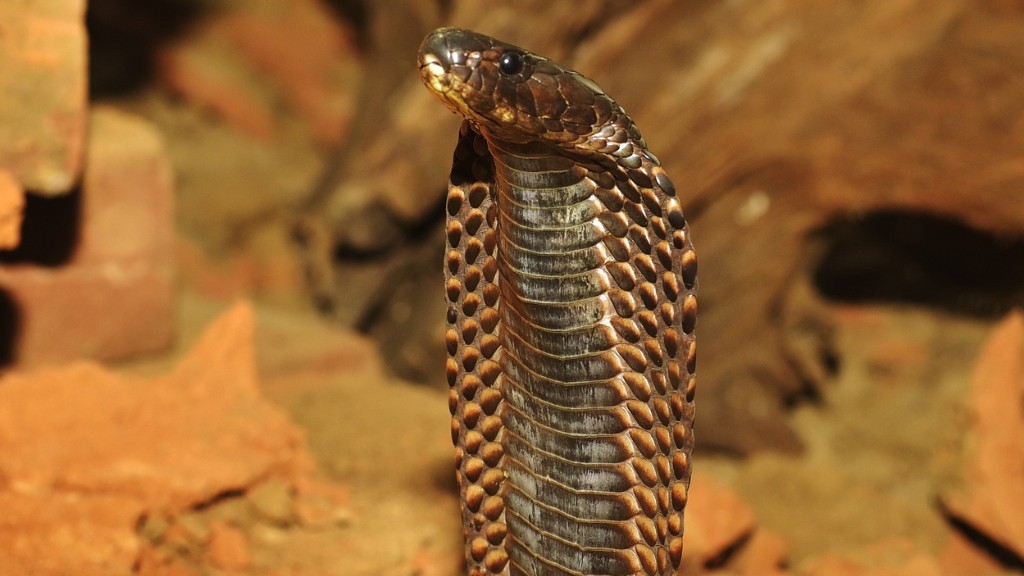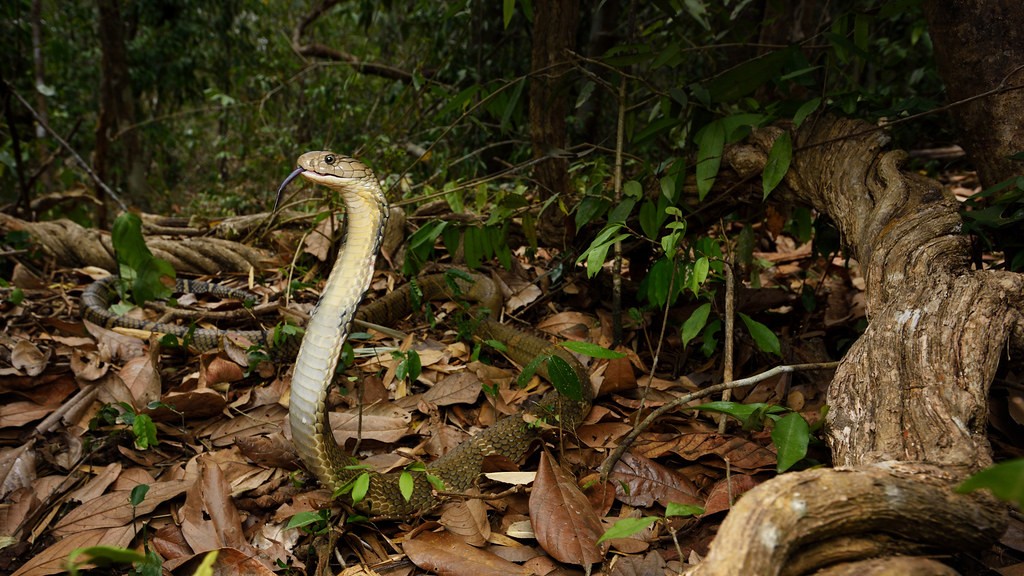Python Snake: Interesting Facts
Introduction
Welcome to this comprehensive guide on python snakes! In this article, we will explore various interesting facts about python snakes, including their physical characteristics, behavior, habitat, and more. By delving into the world of these fascinating creatures, we aim to increase our understanding of the python snake species.
Physical Characteristics
Python snakes are known for their impressive size and strength. They belong to the family Pythonidae and are one of the largest snake species in the world. Depending on the species, their length can range from a few feet to over 30 feet! The reticulated python holds the record for being the longest snake species. These snakes have a muscular body covered with smooth scales that aid in their movement and protection.
What sets python snakes apart is their unique heat-sensing ability. They possess specialized organs called “pit organs” located on their upper lip. These pits allow them to detect and locate warm-blooded prey, even in pitch darkness. This extraordinary adaptation gives python snakes a remarkable advantage when it comes to hunting.
Behavior and Diet
Python snakes are known for their solitary lifestyle. They spend much of their time hiding in dense vegetation, caves, or underground burrows. These snakes are primarily nocturnal, meaning they are most active during the night. Their stealthy behavior and excellent camouflage skills make them effective predators in their natural habitat.
When it comes to diet, python snakes are carnivorous predators. They have an insatiable appetite and can consume animals much larger than themselves. Their diet primarily consists of small to medium-sized mammals, birds, and reptiles. Remarkably, python snakes are capable of dislocating their jaws to accommodate larger prey items.
Habitat and Distribution
Python snakes can be found in various parts of the world, including Africa, Asia, and Australia. They thrive in diverse habitats such as rainforests, grasslands, swamps, and even semi-arid regions. Each python snake species has specific habitat preferences, ensuring their survival in different ecological niches.
In terms of distribution, some of the well-known python snake species include the Burmese python, ball python, reticulated python, and green tree python. The Burmese python, for instance, is native to Southeast Asia, while the ball python is found in Central and West Africa. Understanding the distribution patterns of these snakes is crucial for conservation efforts and maintaining a balance in ecosystems.
Reproduction and Lifespan
Python snakes are oviparous, meaning they lay eggs rather than giving birth to live young ones. Females carefully select a suitable location to lay their eggs, which are large and leathery. They provide warmth and protection to their eggs until the hatchlings emerge, exhibiting remarkable parental care. The hatchlings are independent from birth and must fend for themselves.
The lifespan of python snakes varies depending on the species and environmental factors. On average, they can live up to 20-30 years, although some individuals have been known to survive for much longer. Factors such as predation, availability of food, and habitat quality play a significant role in determining their lifespan.
Conservation Status
Python snakes face various threats, including habitat loss, illegal pet trade, and hunting. Despite their large size, these snakes are at risk of losing their natural habitats due to deforestation and urbanization. Moreover, their popularity in the exotic pet trade has resulted in a decline in some python snake populations. Conservation efforts are crucial to protect these species and ensure their long-term survival.
Conclusion
Python snakes are truly fascinating creatures with a rich and diverse range of characteristics. From their impressive size and strength to their unique heat-sensing mechanism, they continue to intrigue researchers and snake enthusiasts alike. By understanding and respecting these incredible creatures, we can contribute to their conservation and appreciate the invaluable role they play in our ecosystems.



